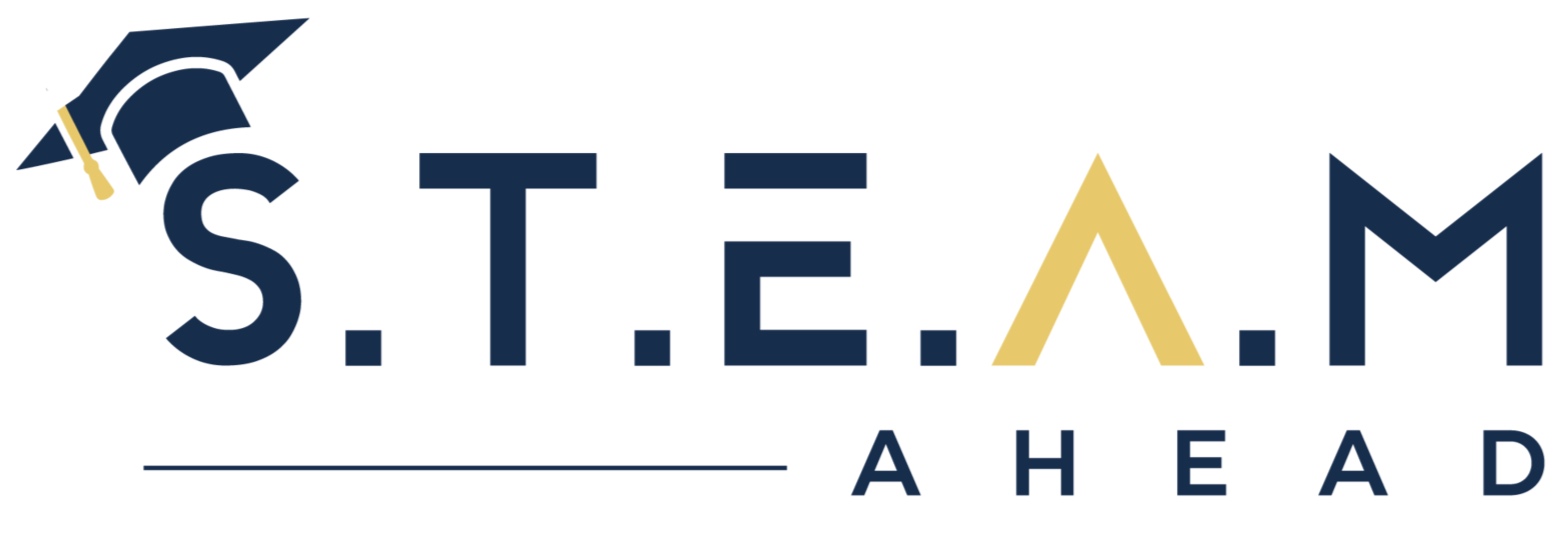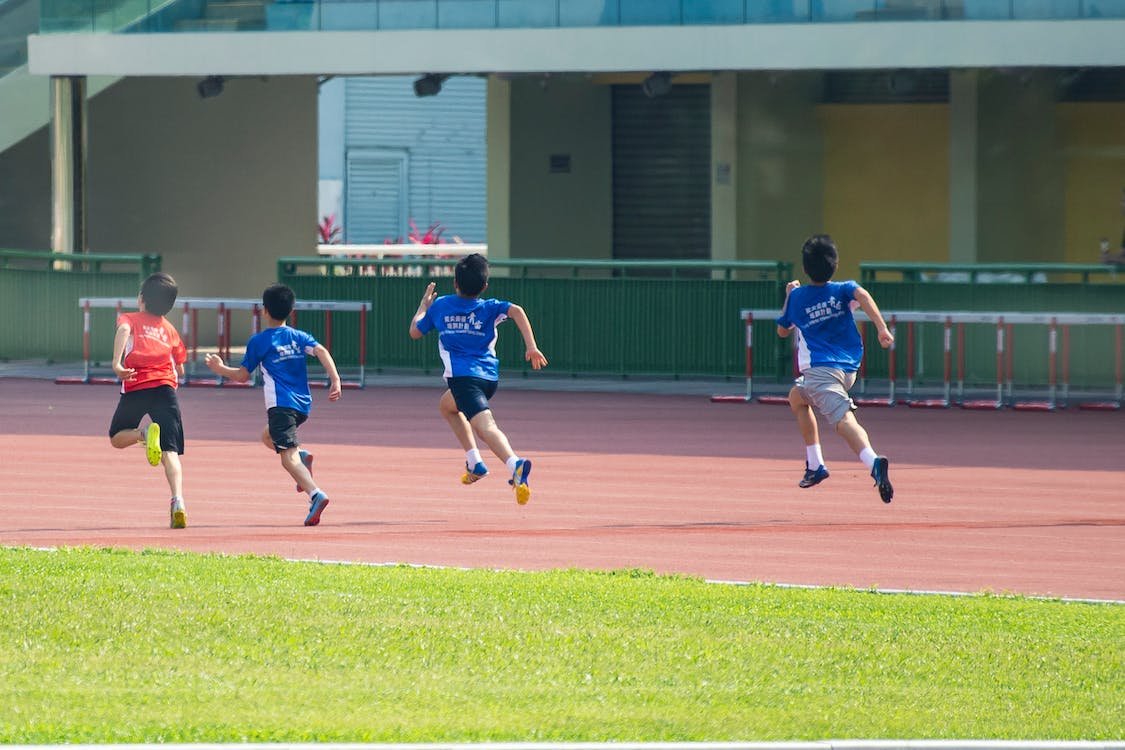How to Reinforce Math Skills with Sports
Sports and Math may seem like two completely different subjects, but they are actually closely intertwined. In fact, sports can be a great way to reinforce math skills, especially in the context of STEAM education. By participating in sports activities, students can learn to comprehend and apply math concepts such as geometry, statistics, and physics to real-world situations.
Let’s explore how educators and parents can use sports to help explain math to students.
Geometry and Angles In Soccer:
Photo by Patrick Case
Teaching geometry and angles with soccer can be an engaging and interactive way to help students understand these concepts. Here are a few ideas:
Explain the geometric properties of a soccer ball, such as its shape (a truncated icosahedron) and the angles formed by its polygons. This can help students understand the mathematical principles behind the ball’s design.
Teach field dimensions by exploring the various angles present on the soccer field. It could be the right angles created by the goalposts and crossbar or the acute angles from the sidelines.
Provide a problem question on how players need to aim their shots at specific angles to increase their chances of scoring. Then, show examples of shots taken from different angles and discuss the advantages and disadvantages of each.
Statistics and Probability In Basketball:
Basketball offers the best way to teach statistics and probability to students, and here’s how:
Have students analyze game statistics, such as field goal percentage, three-point percentage, or rebounding percentage. Discuss how these statistics can provide insights into a team’s performance and player effectiveness.
Introduce the concept of win probability in basketball. Discuss how factors such as team performance, score differentials, and time remaining can influence the probability of winning a game. (Tip: Use historical data or simulations to calculate win probabilities in different game situations).
If you’re looking for another activity aside from paperwork and problem sets, share educational videos with your students to highlight how valuable math skills are in the real world.
Measurement and Estimation In Track and Field:
Photo by Jimmy Chan
Teaching measurement and estimation are best explained through sports that utilize time and distance. A few examples are track and field, swimming, and cycling. Here are some ideas for these concepts:
Discuss the different measurements used in track and field—such as kilometers for distance events; or centimeters and meters for field events. Teach students how to use measuring tapes, rulers, or measuring wheels to accurately assess the distance.
Introduce students to the concept of timing in track and field events. Discuss different units of time measurement, such as seconds and minutes, and how they are used to measure race times.
Have students compare and analyze measurements from different events or athletes. Discuss the significance of these measurements and how they contribute to performance evaluation.
The application of math concepts in sports goes beyond just the few examples mentioned. Students can discover math in various other activities that resonate with their interests and passions. Whether it’s baseball, gymnastics, or any other sports, students can discover and apply math to enhance their understanding of STEM in sports.


